Coordinated response plan developed to address MMIP cases
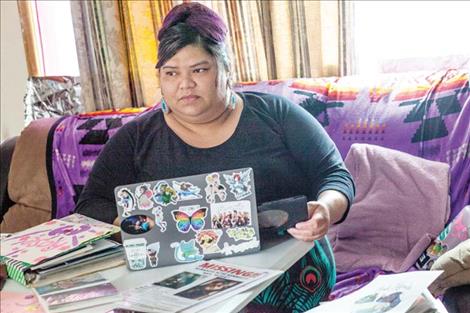
Nicole Tavenner
Kayla Ridgely pauses from working on a T-shirt she’s designing to help find her missing cousin, Miranda Rose Kenmille. Having grown up more like sisters, Kayla says she thinks of Miranda daily. Miranda, who had been living in Elmo, has been missing since August, 2020. The new Tribal Community Response Plan to address Missing and Murdered Indigenous Persons aims to speed up response, close communication gaps and improve inter-agency coordination to help families like Kayla’s find their missing loved ones.
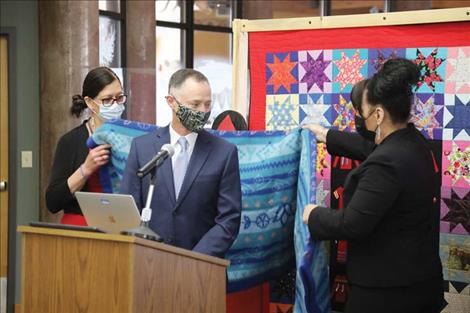
Rob McDonald photo/CSKT
Kayla Ridgely designs a T-shirt to bring awareness to her missing cousin, Miranda Rose Kenmille.
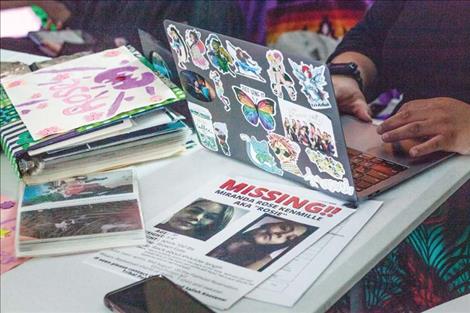
Nicole Tavenner
Kayla Ridgely designs a T-shirt to bring awareness to her missing cousin, Miranda Rose Kenmille.
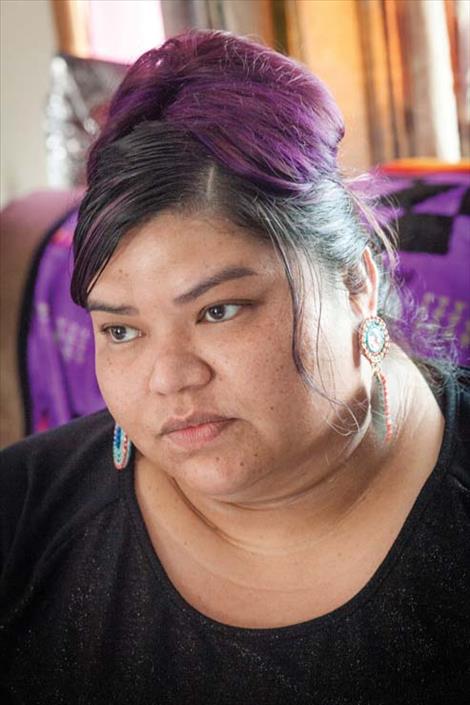
Nicole Tavenner
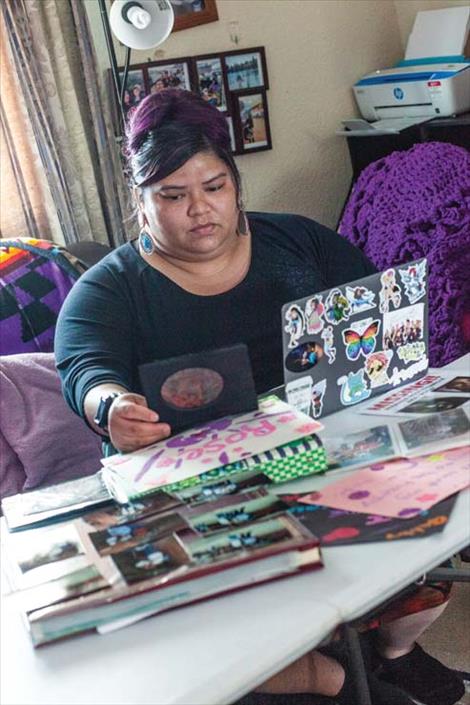
Nicole Tavenner
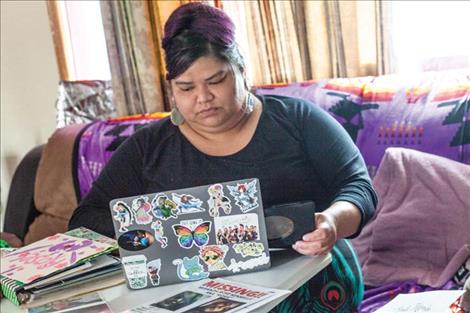
Nicole Tavenner
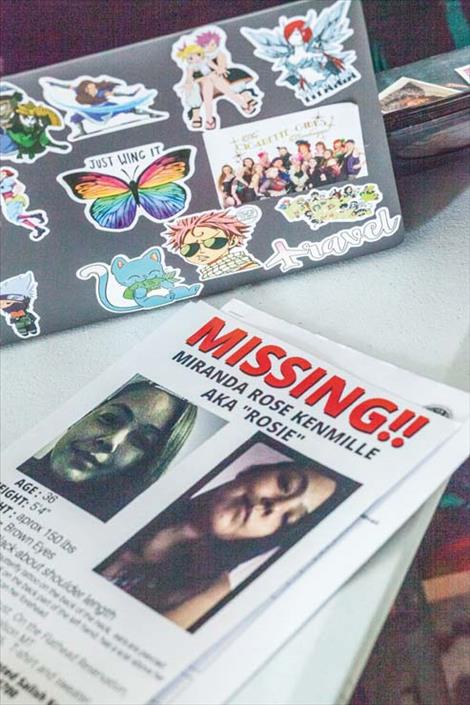
Nicole Tavenner

Nicole Tavenner

Nicole Tavenner
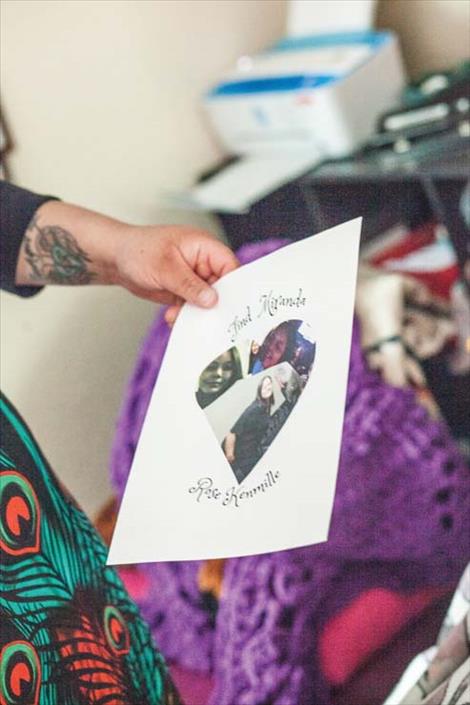
Nicole Tavenner
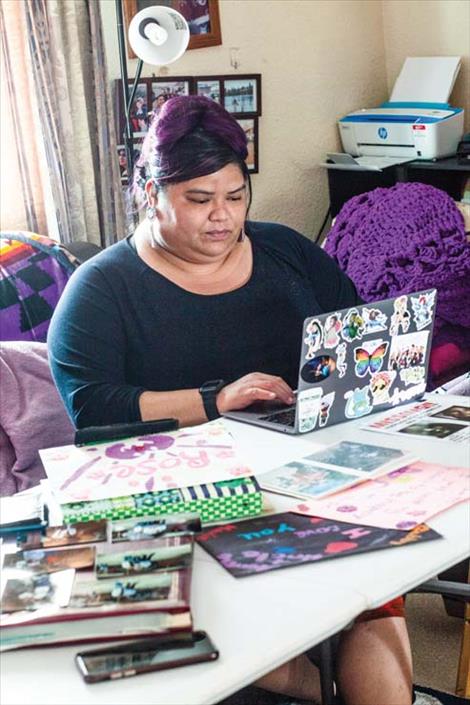
Nicole Tavenner
Issue Date: 4/7/2021
Last Updated: 4/6/2021 12:48:55 PM |
By Kristi Niemeyer for the Valley Journal
Keep Reading!
You’ve reached the limit of 3 free articles - but don’t let that stop you.















